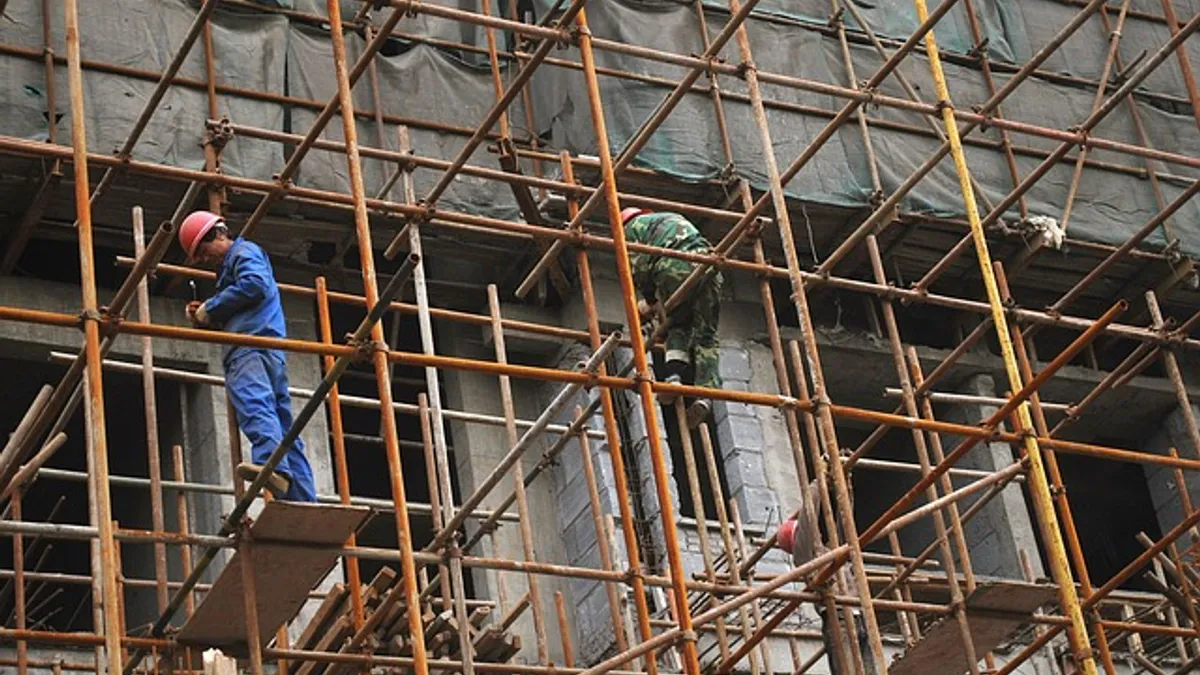Dive Brief:
- The Occupational Safety and Health Administration added approximately 520 companies to its Severe Violators Enforcement Program between 2010 and mid-April 2016, and 60% of them are construction industry businesses, according to an Engineering News-Record analysis of Business Insurance data.
- Companies placed in the program are more likely to see increased inspections and enforcement, and they are often used as a warning to other companies through what some call "shaming" press releases.
- Since the program’s launch, OSHA has added more categories of employers eligible for the program, and the roster of violators includes general contractors as well as specialty trade companies.
Dive Insight:
OSHA relegates contractors to the violator program for a variety of safety breaches, including those affecting excavation and fall protection. Earlier this year, OSHA fined bridge repair company Susquehanna Supply Company Inc. $140,000 in relation to a trench collapse and resulting fatality when a worker was buried in a trench after an adjacent wall collapsed. As a result, OSHA placed Susquehanna Supply in the severe violator program.
Around the same time as that enforcement action, OSHA cited and fined a Massachusetts roofing contractor, AS General Construction, for violations related to fall hazards. The agency find the company $188,000 for allowing workers to operate on dilapidated scaffolds and on an unguarded roof that put employees at risk of 26-foot falls. AS was also named a severe violator.
And earlier this year, OSHA added Lunda Construction to its Severe Violator program after citing the Wisconsin contractor for one willful and five serious safety violations and fining the company $105,000 in connection with the September 2015 death of an 18-year-old worker. OSHA said that in 2012, two other workers have been killed on Lunda highway construction projects and that the agency has issued the company safety violations after nine separate inspections.
In August of this year, violators could see their fines increase 80% or more when OSHA raises its fine levels to fall into line with the Consumer Price Index — the first increase since 1990.












